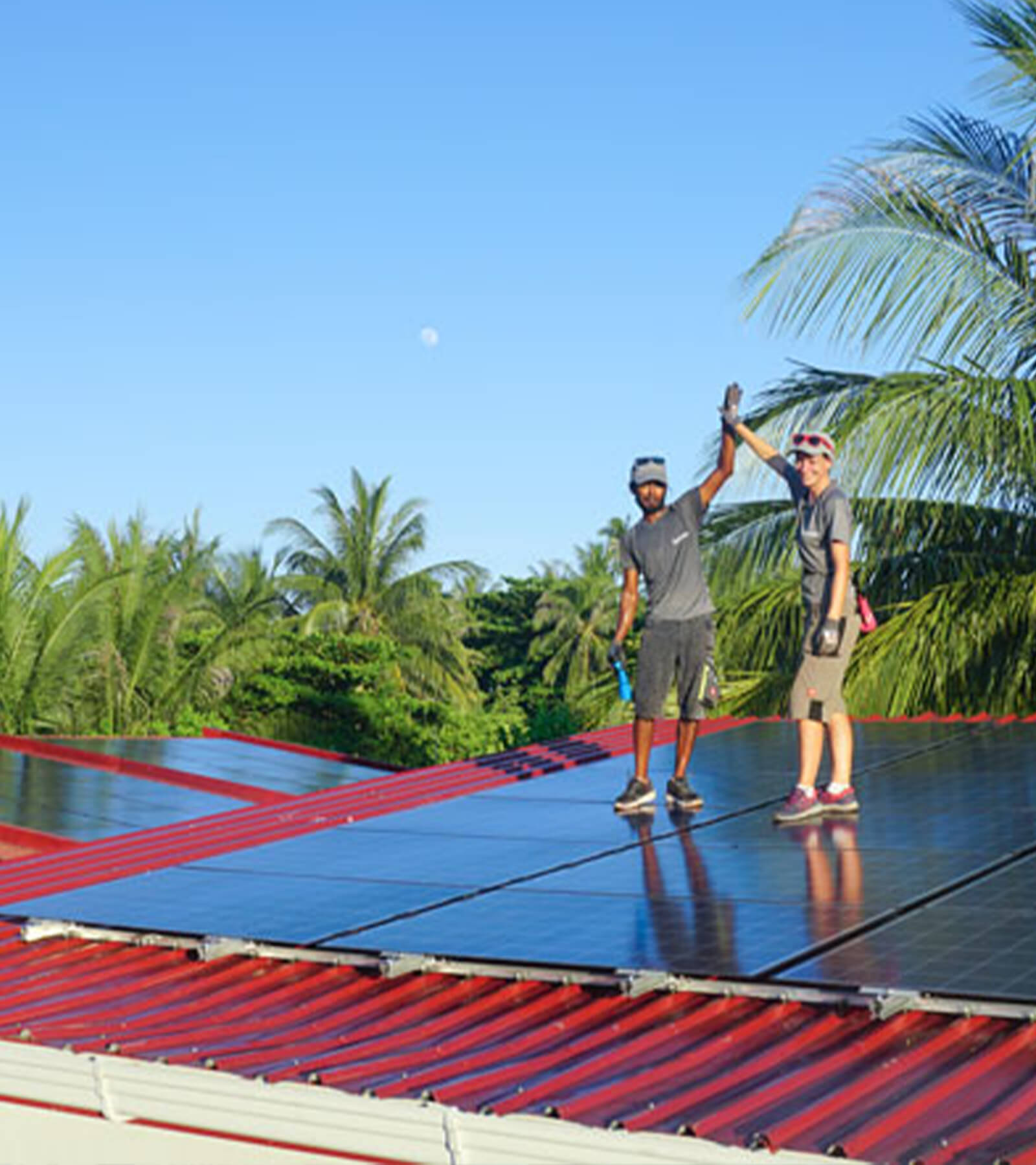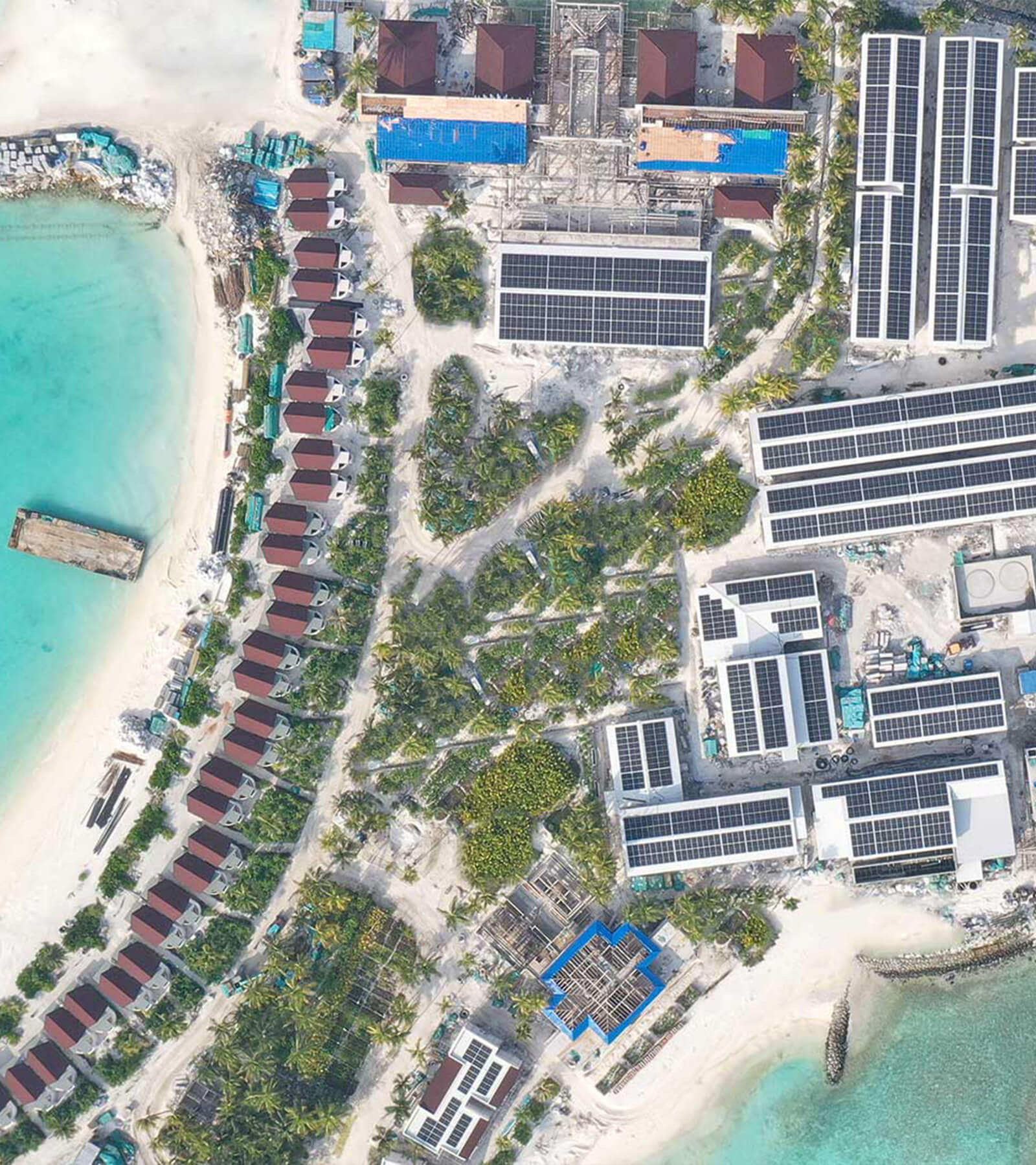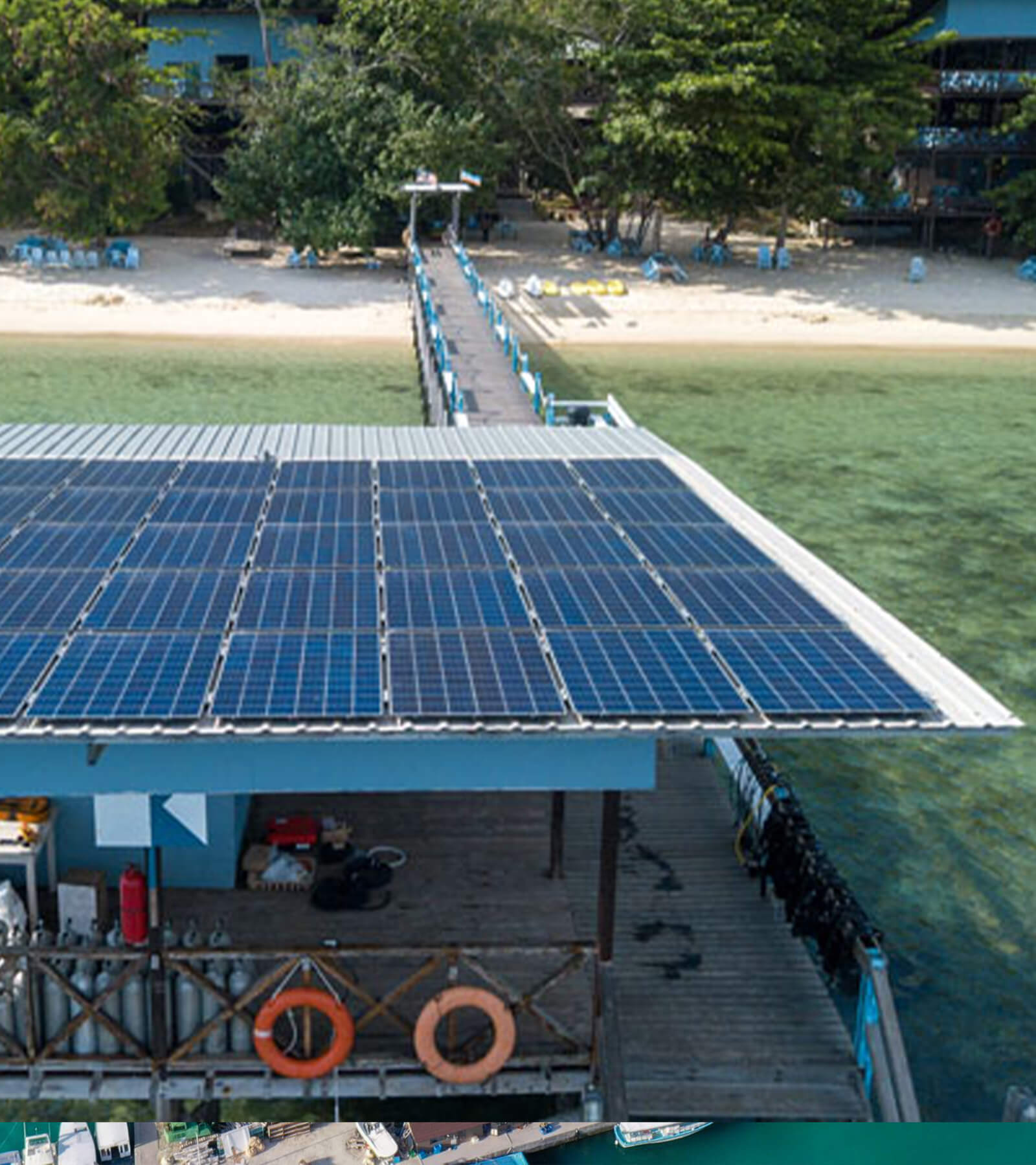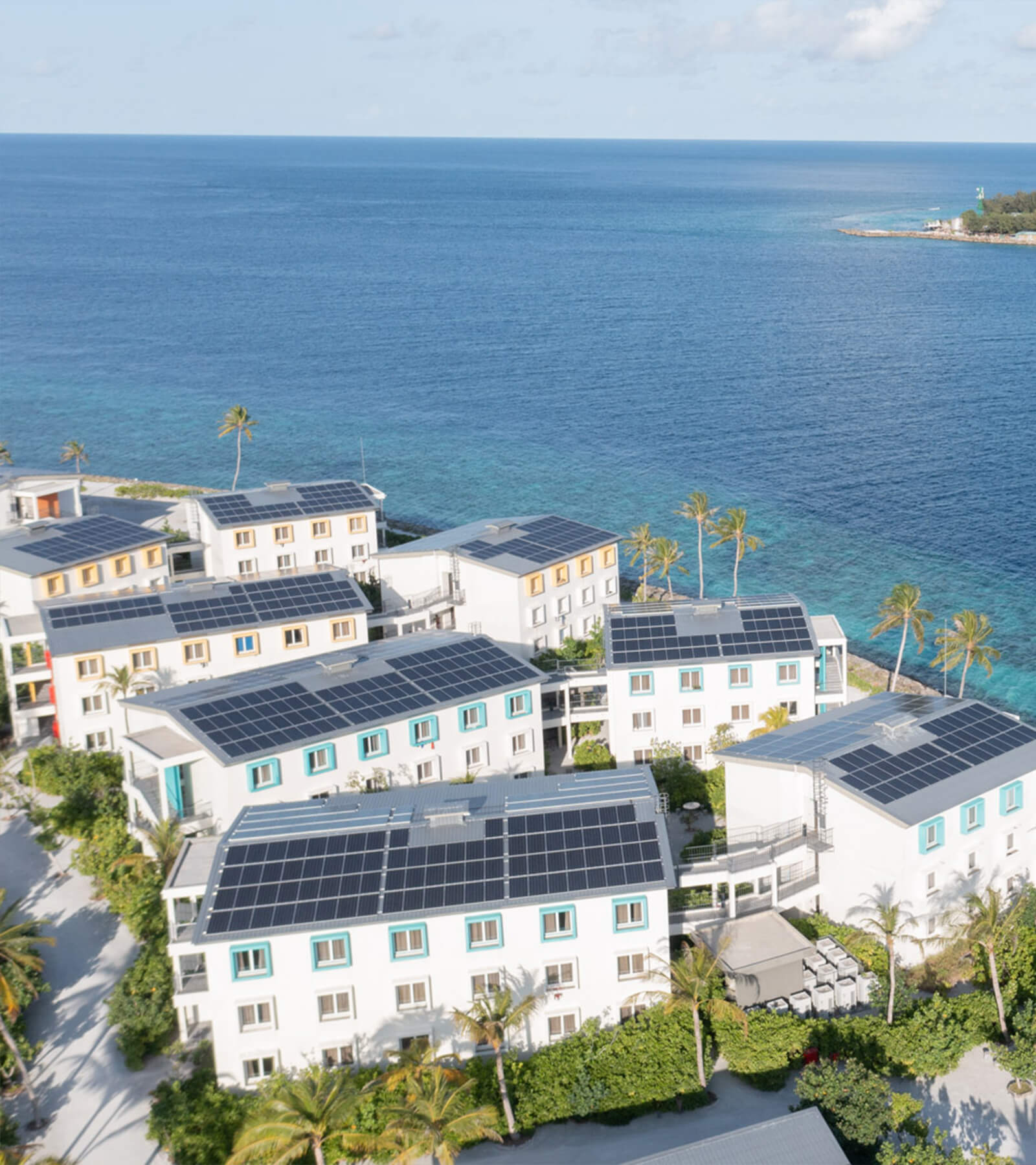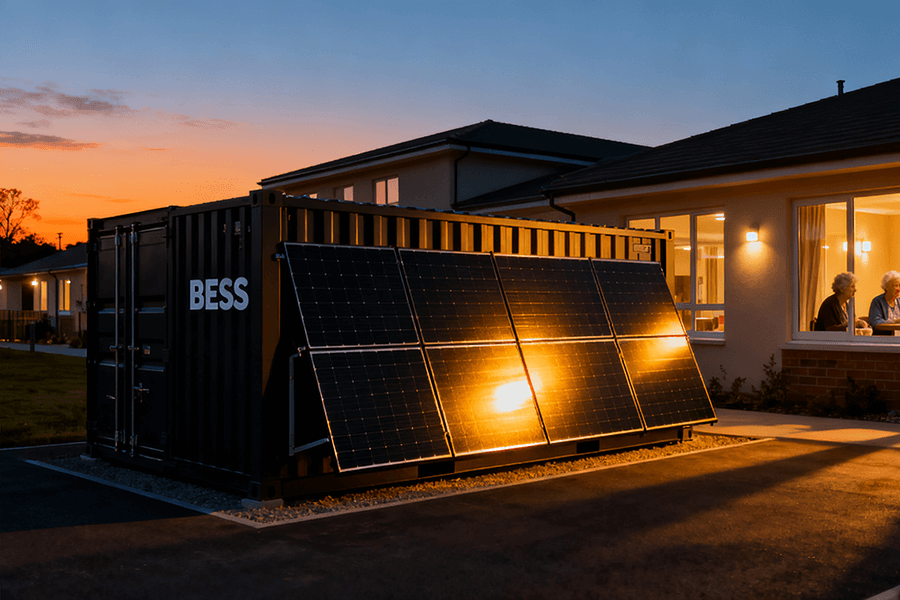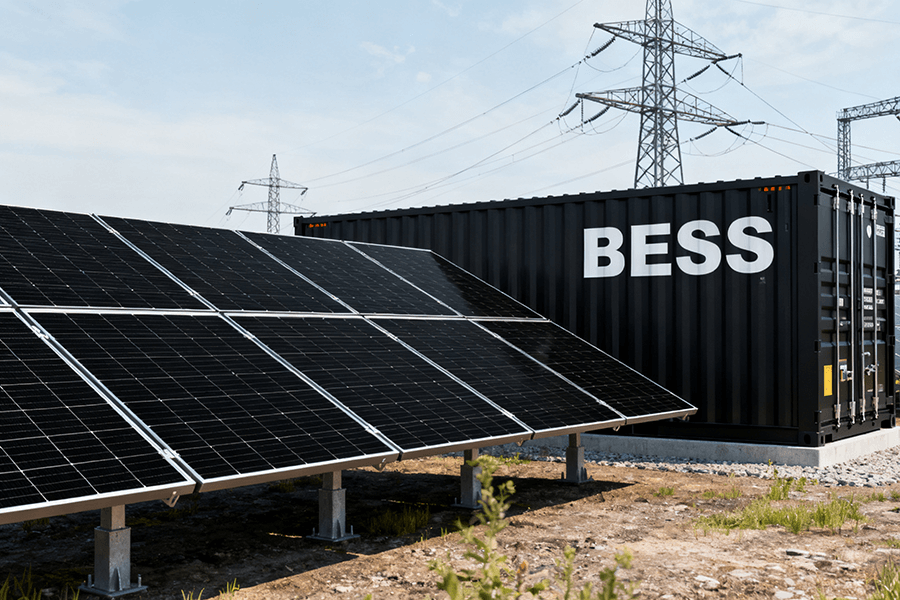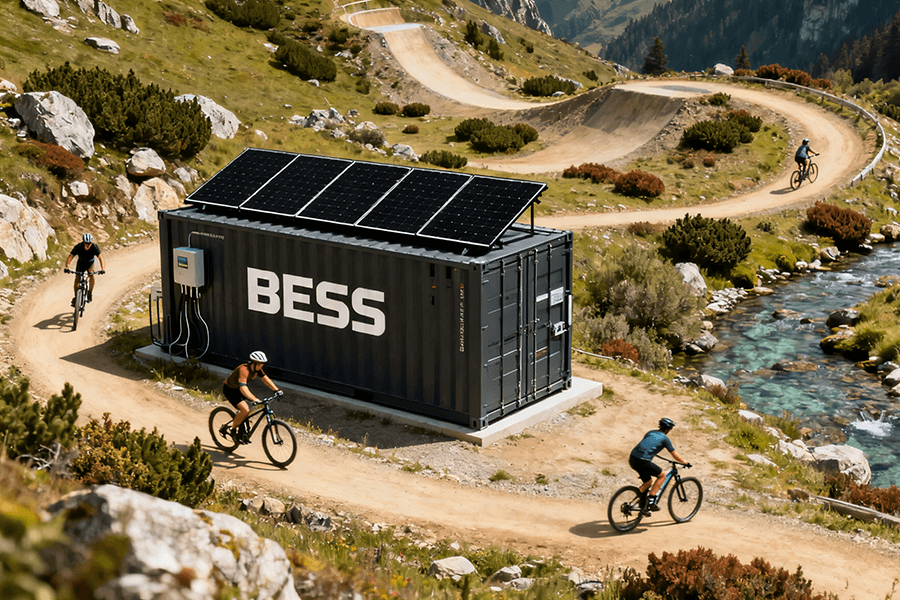When BESS containers retire, we don’t bury them—we give them second careers! Explore 2025’s sustainable recycling (95% Li recovery!), regulations, and creative “second-life” hacks. Spoiler: Everyone wins, especially Earth.

The Elephant in the Energy Room
“Let’s face it: nobody throws a party when their BESS container retires. But ignoring its end-of-life plan? That’s like adopting a python and forgetting to ask what it eats. Spoiler: it eats your environmental credibility.”
In 2025, we’re staring down >500,000 metric tons of decommissioned BESS containers globally (IEA, 2025). That’s equivalent to:
- 50 Eiffel Towers made of lithium-ion grief,
- Or 1.7 million electric scooters nobody thought would actually die.
The Global BESS Waste Tsunami (2025)
| Region | Projected Waste (Metric Tons) | Equivalent in Electric Buses |
|---|---|---|
| North America | 180,000 | 18,000 |
| Europe | 150,000 | 15,000 |
| Asia-Pacific | 170,000 | 17,000 |
The Problem? Outdated BESS units aren’t just glorified paperweights. Toss them in landfills, and you unleash:
🔥 Chemical Leaks: Lithium leaching into groundwater contaminates 1.5M liters per unit (Stanford Environmental, 2024).
💸 Economic Lunacy: Landfill disposal costs 200–500/ton vs. recycling at 100–300/ton (U.S. DOE, 2025).
⚖️ Regulatory Nightmares: EU fines for non-compliance now hit €40/ton (EU Battery Directive, 2023).
Bottom line: Pretending dead BESS containers will “vanish” is like believing your ex’s texts are ‘just friendly.’ It’s a ticking time bomb—and Mother Nature’s migraine.
Second Life: The Battery’s Encore Career
“Why send Grandpa Battery to a landfill when he can still babysit the grid? At 70% capacity, he’s more reliable than your neighborhood barista on Monday morning.”
Repurposing retired BESS containers isn’t charity—it’s capitalism with a conscience. These units thrive in low-stress gigs:
- Solar Farm Sidekicks: Storing midday solar surges for evening use.
- EV Charging Buffers: Soothing grid strain during rush-hour charging frenzies.
- Rural Microgrids: Powering villages where “the grid” is a rumor.
Second-Life Performance Metrics (2025)
| Application | Avg. Capacity Used | Cost Savings vs. New BESS | Projected Lifespan |
|---|---|---|---|
| Solar Smoothing | 60-65% | 40-50% (120–150/kWh) | 7-10 years |
| EV Buffer Stations | 55-60% | 50-60% (100–130/kWh) | 5-8 years |
| Off-Grid Communities | 50-55% | 60-70% (80–110/kWh) | 8-12 years |
The Sweet Spot:
- ♻️ Lifespan Boost: Units with ≥60% capacity gain 30–70% extra service years (MIT 2024).
- 💰 Cost Wins: Operators save 1.2–2M per 10MW project (Wood Mackenzie, 2025).
Reality Check (Or: Don’t Be a Hero):
- Safety First: Mandatory UL 1974 recertification for fire/thermal runaway risks.
- Performance Thresholds: Only units ≥60% capacity qualify (below = recycling feedstock).
- Monitoring: Real-time degradation tracking required (EU Battery Passport Rule 2025).
“Using a 40%-capacity BESS for grid support is like hiring a marathon runner with asthma—possible, but ethically dubious.”
Recycling: The Great Battery Dissection
“Recycling BESS containers is like disassembling a LEGO Death Star—tedious but oddly satisfying. Also, less likely to anger a Sith Lord (or the EPA).”
When batteries truly die, we don’t bury them—we mine them. Meet the three paths to resurrection:
The Recycling Triad (2025)
| Method | How It Works | Recovery Rate | Cost per Ton |
|---|---|---|---|
| Pyrometallurgy | Incineration (1,400°C furnace) | Li: 40-50%, Co/Ni: 75-85% | 400 |
| Hydrometallurgy | Acid “toxic spa day” (chemical bath) | Li: 85-90%, Co/Ni: 90-95% | 600 |
| Direct Recycling | Electrolyte recovery + cathode healing | Li: 95%, Co/Ni: 98% | 350* |
Source: U.S. DOE, Battery Recycling R&D 2025
*Costs dropping 30% since 2024 due to scaled direct recycling tech (IDTechEx, 2025).
Material Recovery Wins in 2025:
- ♻️ Lithium: 95% recovery via closed-loop direct recycling (DOE’s 2025 target achieved).
- 🔋 Cobalt/Nickel: 90%+ recovery—feeding 45% of new EV batteries (Benchmark Minerals, 2025).
- 🧱 Steel/Plastics: 99% recyclable if segregated (saves $150/ton vs. virgin materials).
The Gritty Realities:
⚠️ Toxic Electrolyte Handling: HF gas exposure risks require robotic dismantling (cost: 200/ton∗∗).🚚∗∗LogisticalNightmares∗∗:TransportingretiredBESScosts∗∗50–100/ton∗∗(max30💸∗∗Economics∗∗:Recyclingturnsprofit∗only∗whenlithiumpricesexceed∗∗25/kg (2025 avg: $28/kg).
“Pyrometallurgy is the ‘burn it all’ Viking approach. Direct recycling? That’s surgical precision with a PhD.”
2025’s Recycling Revolution
- Closed-Loop Systems: Tesla’s Redwood Materials recovers 95% Li from 250k+ BESS units annually (Reuters, 2025).
- Policy Leverage: EU mandates 90% Li recovery by 2027—fines hit €75/ton for non-compliance (EU Regulation 2023/XXXX).
- Carbon Math: Recycling slashes BESS carbon footprint by 50% vs. virgin mining (MIT Climate, 2024).
Regulations: The Rulebook Nobody Ignored (Anymore)
“Regulators finally noticed BESS graves. Cue the paperwork avalanche! Suddenly, ‘sustainable’ isn’t a buzzword—it’s a legal invoice.”
2025’s regulatory landscape leaves zero wiggle room. Three heavyweight policies dominate:
Global BESS End-of-Life Regulations (2025)
| Region | Key Policy | Core Requirement | Financial Impact |
|---|---|---|---|
| EU | Battery Passport (2023) | Digital IDs tracking health/recycling | €75/ton fine for <90% Li recovery |
| USA | IRA Tax Credit §45X (2025) | 30% credit for >90% material recovery | $18B in credits issued (2025 YTD) |
| China | Zero Waste BESS Export Rule | Proof of recycling for export licenses | $500M in denied shipments (2024–2025) |
Sources: EU Regulation 2023/XXXX, U.S. Treasury Notice 2025-18, China MEE Decree 785
The Domino Effect:
- EU Passport Pain: Battery health data must be uploaded to EU’s central registry (non-compliance: €200/container).
- IRA’s Carrot/Stick: Credits require third-party recycling audits—fraud penalties hit $500k per violation (DOJ, 2025).
- China’s Export Stranglehold: 40% of global BESS exports now require “green tickets” (recycling certificates).
“Trying to bypass EU passports in 2025 is like smuggling a walrus through airport security—visible and career-ending.”
2025’s Compliance Calculus
- Cost of Ignoring: Fines + lost credits average $1.2M per 100 containers (Wood Mackenzie, 2025).
- Win-Win Wins: Companies leveraging IRA credits cut recycling costs by 22% (BloombergNEF, 2025).
- Global Ripple: Japan/Korea adopted EU-style passports (penalties start 2026).
Maxbo Solar: Our “No Grave for Batteries” Pledge
“At Maxbo Solar, we see expired BESS containers as interns—not inmates. They’ve still got bills to pay and skills to share.”
We’re rewriting the BESS end-of-life (EoL) script with three concrete actions:
Maxbo’s Circular Ecosystem (2025)
| Initiative | Technology/Metric | Impact (2025) |
|---|---|---|
| Second-Life Partnerships | EVgo, Electrify America collabs | 12,000+ units repurposed |
| Recycling Tech | Solvent-free hydrometallurgy (Patent Pending) | 97% Li recovery, 40% less energy |
| Transparency | Blockchain tracking (QR access) | 200,000+ batteries traced in real-time |
Source: Maxbo Solar Impact Report 2025
Why This Works:
- ♻️ EV Charging Revival: Our retired units buffer peak loads at 1,200+ U.S. charging stations, cutting grid upgrade costs by $8M (Electrify America, 2025).
- 🌱 Toxin-Free Recycling: Patented chemical baths eliminate HF gas risks—saving $150/ton in safety overheads (Clean Tech Journal, 2025).
- 🔍 Radical Transparency: Scan a QR code to see your battery’s carbon footprint, health history, and next-life assignment.
“Burying batteries in 2025 is like faxing your resume—technically possible, but ethically bankrupt.”
Join our circularity revolution. Let’s turn ‘end-of-life’ into ‘next-life’—www.maxbo-solar.com.
Conclusion: Death, Taxes, and Battery Reincarnation
“Burying BESS containers? That’s so 2020. Today, we recycle, repurpose, and high-five Mother Earth.”
The math is undeniable:
Sustainable EoL = Competitive Edge (2025)
| Strategy | Cost Avoidance | Revenue Opportunity |
|---|---|---|
| Second-Life Deployment | 200/kWh (vs. new BESS) | 60/kWh resale value |
| Closed-Loop Recycling | 50% lower lithium sourcing | $1.8B+ metal recovery market |
| Regulatory Compliance | 100% IRA credit eligibility | 22% higher ESG valuations |
Sources: BloombergNEF, 2025, McKinsey, “Battery EoL Economics”
The Bottom Line:
- 💰 Profit Motive: Companies with circular BESS programs achieve 15% higher margins by 2027 (IEA, 2025).
- 🌍 Planetary ROI: Every recycled 1MWh BESS unit = 12 tons of CO₂ saved—equal to 30,000 tree seedlings grown for 10 years (EPA WARM Model, 2025).
Final Thought:
Sustainable EoL isn’t greenwashing—it’s the ultimate leverage. While others dig graves, we build futures.

